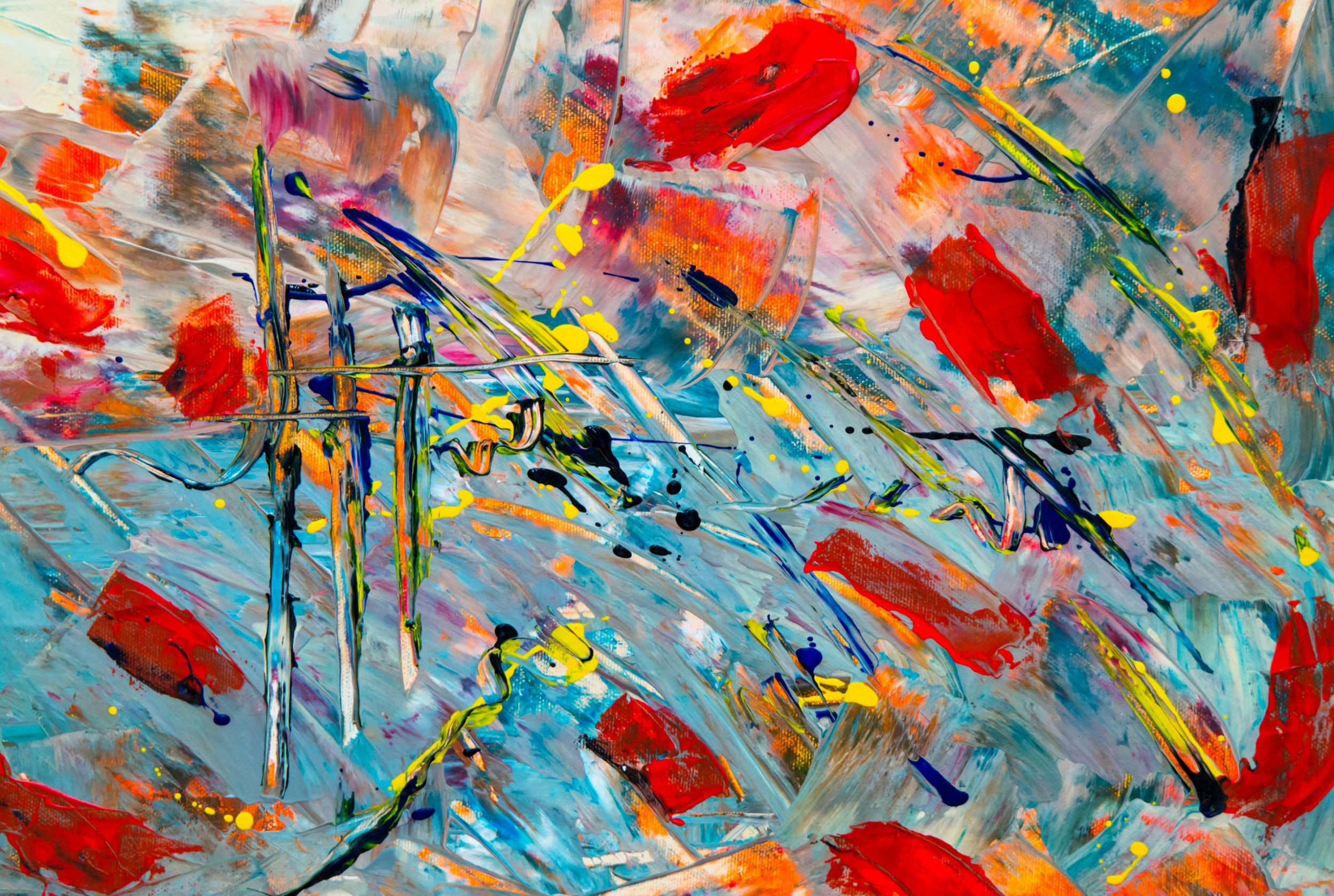Art photography has undergone significant transformations in recent years, thanks to advances in technology. From the equipment used to the editing software available, technology has revolutionized the way photographers capture and manipulate images. In this article, we will explore the role of technology in art photography and how it has shaped the industry.
Evolution of Equipment
One of the most noticeable changes in art photography has been the evolution of equipment. Traditional film cameras have been largely replaced by digital cameras, which offer photographers greater flexibility and control over their images. Digital cameras allow photographers to instantly review their shots, adjust settings, and capture high-quality images in a variety of lighting conditions.
In addition to digital cameras, advancements in lens technology have made it possible for photographers to capture sharper, more detailed images. Wide-angle lenses, telephoto lenses, and macro lenses all offer unique perspectives and allow photographers to experiment with different styles and techniques.
Editing Software
Another significant development in art photography is the availability of powerful editing software. Programs like Adobe Photoshop and Lightroom allow photographers to manipulate their images in ways that were once unimaginable. From adjusting exposure and color balance to removing imperfections and adding creative effects, editing software has become an essential tool for modern photographers.
Editing software also allows photographers to experiment with different styles and techniques, creating unique and original works of art. By combining traditional photography techniques with digital editing, photographers can produce stunning images that push the boundaries of what is possible in art photography.
Online Platforms
The rise of online platforms has also had a profound impact on art photography. Websites like Instagram and Flickr have provided photographers with a global audience for their work, allowing them to share their images with a wide range of viewers. Social media platforms have also become a valuable marketing tool for photographers, helping them to promote their work and attract new clients.
Online platforms have also made it easier for photographers to sell their work, with e-commerce websites offering a convenient way to showcase and sell prints. By leveraging online platforms, photographers can reach a global market and build a successful career in art photography.
Virtual Reality and Augmented Reality
Virtual reality (VR) and augmented reality (AR) technologies are also transforming the world of art photography. These technologies allow photographers to create immersive experiences for viewers, transporting them to new and exciting worlds. By combining traditional photography with VR and AR, photographers can create interactive and engaging experiences that push the boundaries of the medium.
VR and AR technologies also offer new opportunities for photographers to experiment with different styles and techniques. By embracing these technologies, photographers can create unique and innovative works of art that challenge traditional notions of photography.
Conclusion
Technology has played a crucial role in the evolution of art photography, transforming the way photographers capture, edit, and share their images. From digital cameras and editing software to online platforms and VR technology, advancements in technology have pushed the boundaries of what is possible in art photography. As technology continues to advance, we can expect to see even more exciting developments in the world of art photography.
In conclusion, technology has opened up new possibilities for photographers, allowing them to explore new styles and techniques and reach a global audience. By embracing technology, photographers can push the boundaries of their creativity and create stunning works of art that inspire and captivate viewers.

